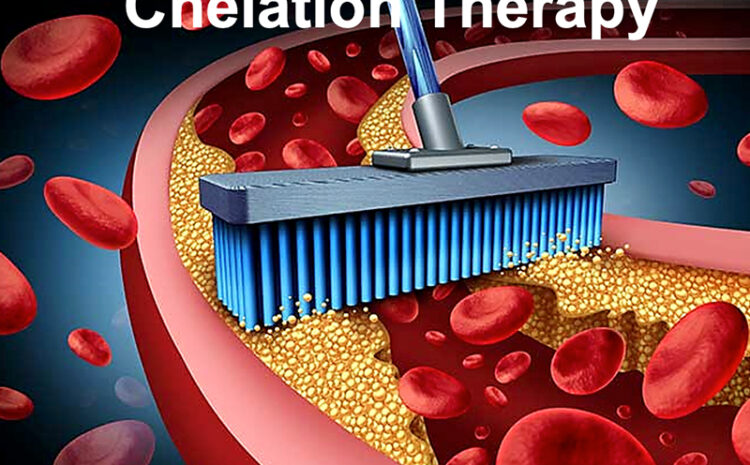
Edetate disodium, a chelating agent with affinity for divalent and trivalent metals, is indicated in the treatment of hypercalcemia. Because the drug can decrease blood calcium levels too rapidly (causing tetany, cardiac arrhythmias, and respiratory arrest), it now is only rarely used. Due to its pharmacodynamic actions that oppose those of the cardiac glycosides, edetate disodium was once used to treat arrhythmias associated with digitalis toxicity, but digoxin immune Fab is now the preferred agent for this condition. Edetate disodium should not be confused with its calcium salt (calcium EDTA), which is used to treat lead toxicity. In the 1950s and 1960s, edetate disodium was used for atherosclerotic vascular disease despite a lack of clinical data to support its efficacy. Only 1 large, placebo-controlled, randomized, double-blind study has been conducted to evaluate this use of edetate disodium and this study showed no significant symptomatic or angiographic improvement in the EDTA group relative to placebo. Nevertheless, there continues to be sustained interest in using this drug for the treatment of atherosclerosis. Based on a recent clinical trial (PATCH), there is no evidence to support a benefit (evaluated exercise time to ischemia, exercise capacity, and quality of life measurements) of chelation therapy (Endrate®) in patients with ischemic heart disease including stable angina. Because of the possibility of potentially lethal adverse effects, edetate disodium should not be used for the treatment of generalized arteriosclerosis due to advancing age. Edetate disodium was approved by the FDA for clinical use in 1956.

Mechanism of Action
Edetate disodium preferentially binds calcium ions, forming a stable, soluble complex that is then excreted by the kidneys. Serum calcium levels decrease quickly following intravenous administration of edetate disodium, and 1gm of edetate disodium has the potential to combine with 120 mg of calcium. The decrease in calcium precipitated by administration of the drug antagonizes the inotropic and chronotropic effects that digitalis glycosides exert on the ventricles of the heart, thereby helping to control digitalis-induced ventricular arrhythmias. In addition, edetate disodium exhibits negative cardiac inotropic activity. A too rapid decrease in serum calcium induced by edetate disodium can precipitate hypocalcemic tetany, seizures, severe cardiac arrhythmias, and respiratory arrest, but these effects are usually related to high doses or rapid infusion rates. Slow IV infusion allows time for calcium in bone to be mobilized to replenish the serum calcium pool, thereby lowering the risk of developing these adverse effects. The concentration of calcium ions in the cerebrospinal fluid is not affected by edetate disodium administration.
Edetate disodium also chelates and enhances the excretion of other trace metals including magnesium and zinc, and although the drug does not chelate potassium, the administration of edetate disodium can increase renal excretion and decrease serum concentration of this mineral, possibly producing hypokalemia. At one time, it was thought the calcium-lowering actions of edetate disodium could be utilized in the management of atherosclerosis but this use has been refuted. Edetate disodium is still

